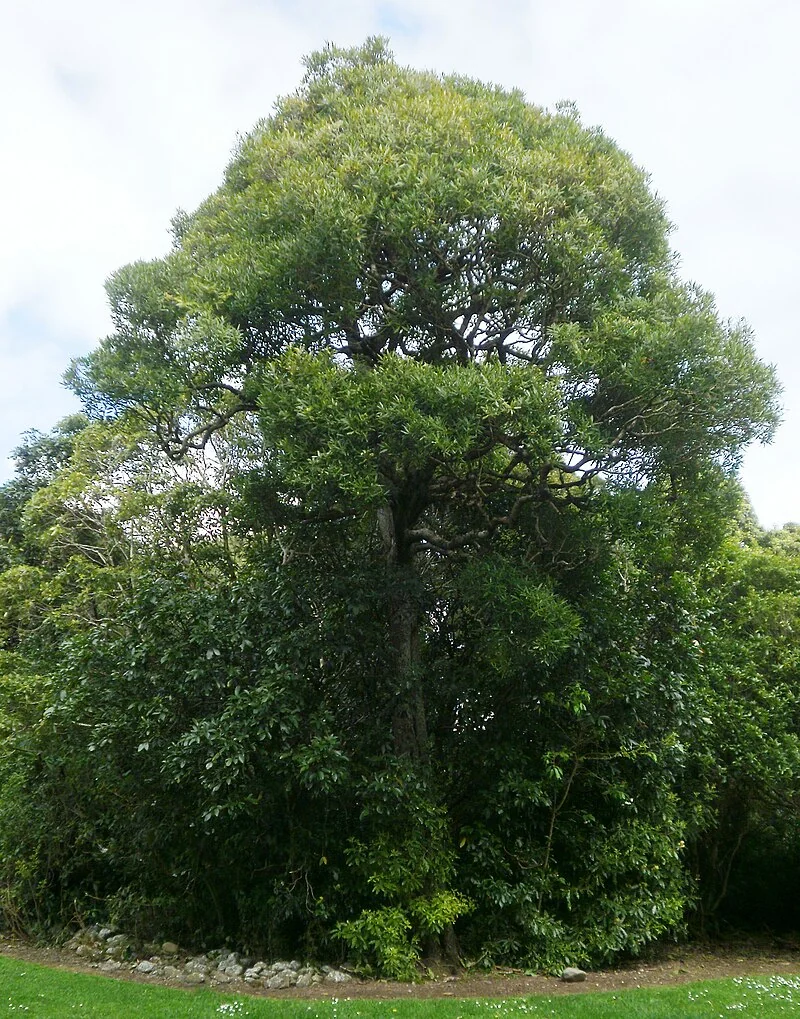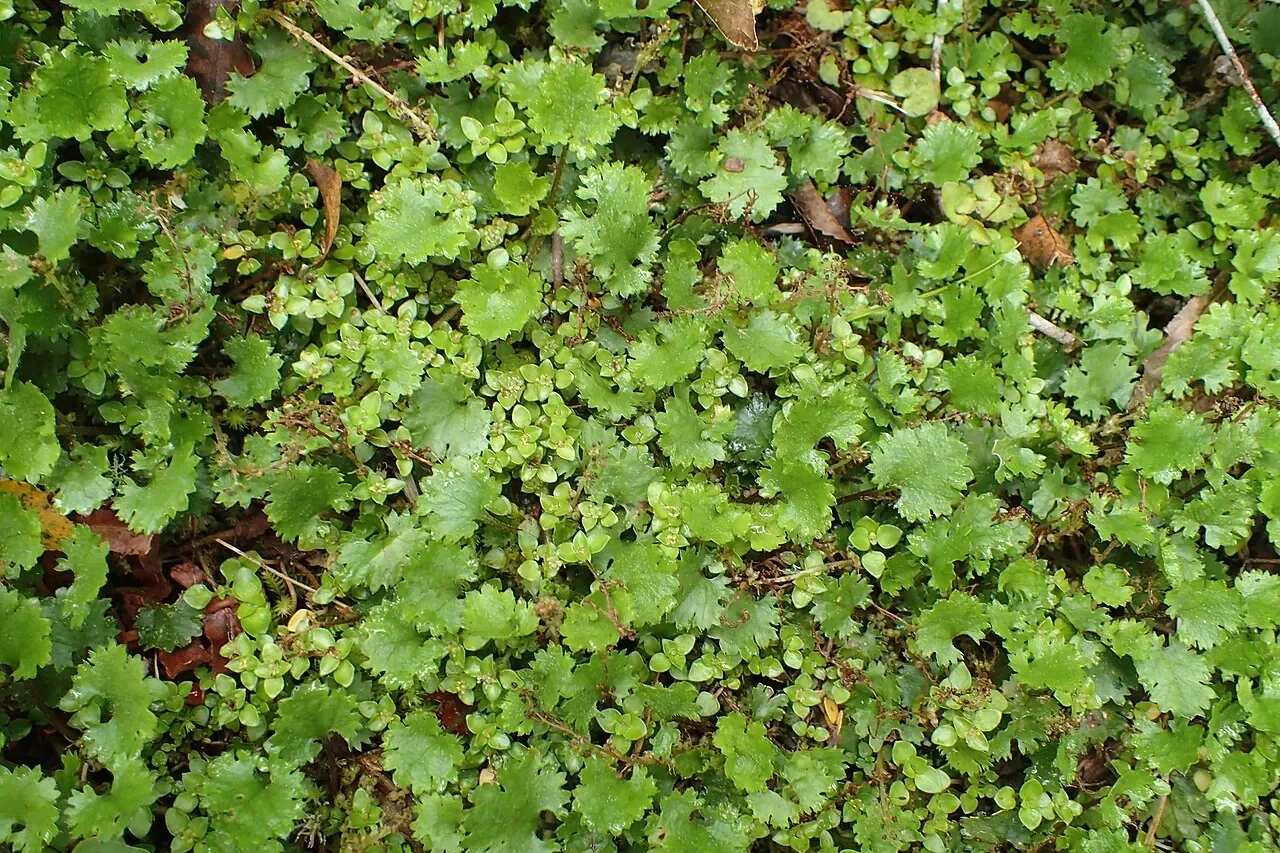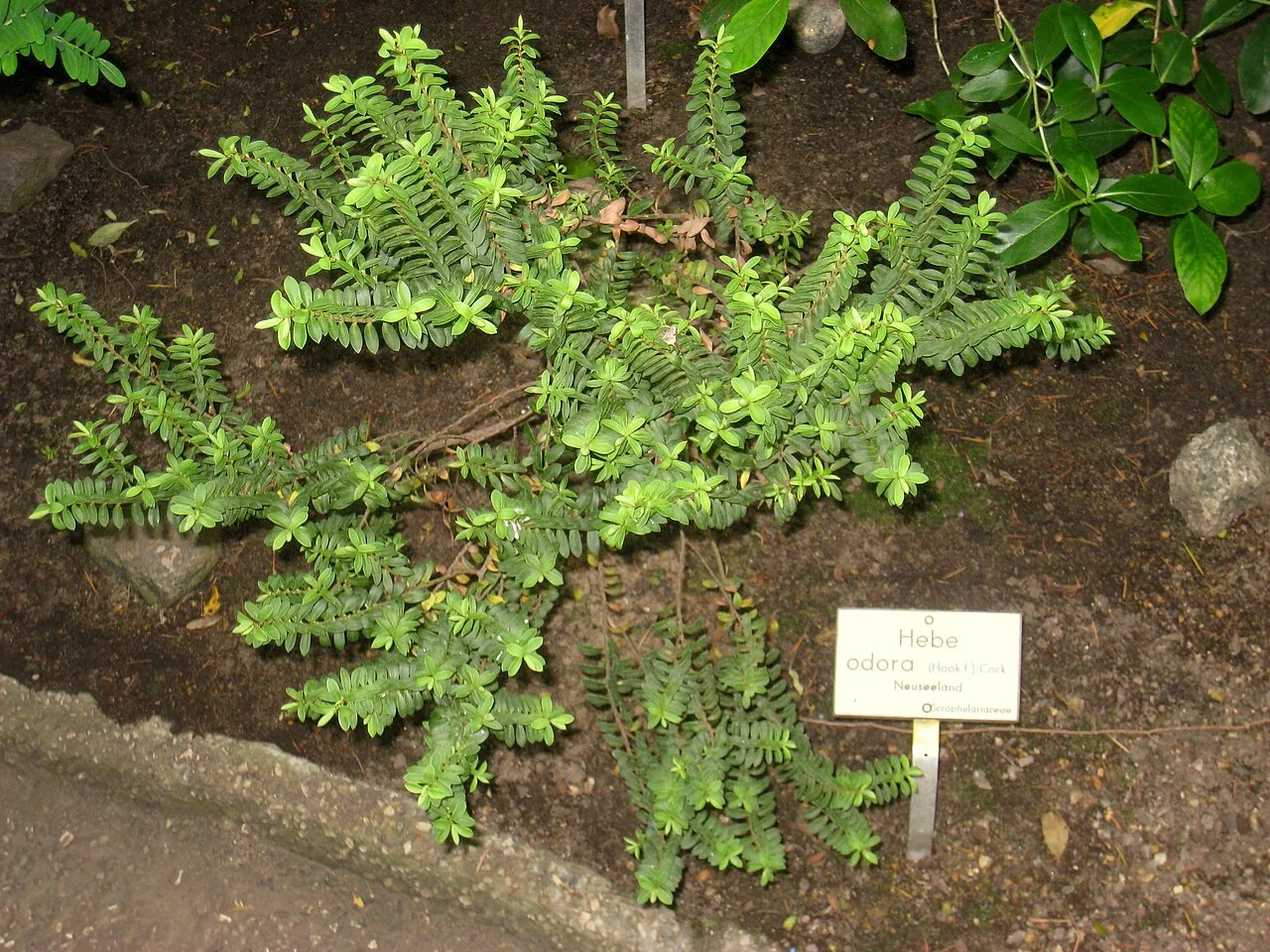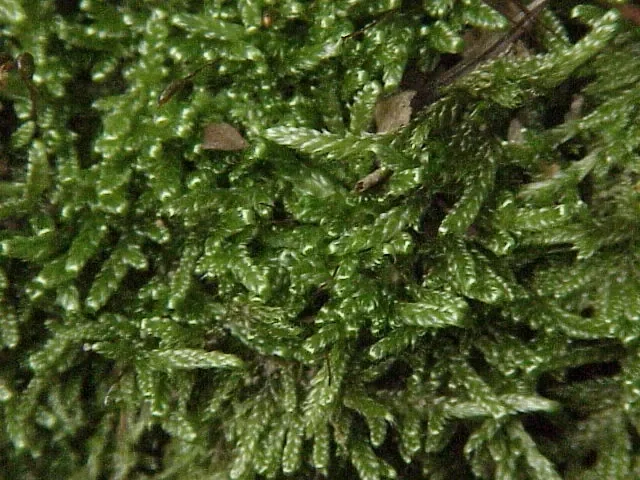
Puka
Griselinia lucida
This native plant, known as Puka (scientific name: Griselinia lucida), is a remarkable species endemic to New Zealand. It is characterized by its unique features, ecological role, and cultural significance. This comprehensive guide provides detailed information on its care, propagation, and importance within the New Zealand ecosystem. Understanding this plant contributes to the appreciation of our rich biodiversity and heritage. native trees

Plant Description
Griselinia lucida, commonly known as puka, akapuka, or shining broadleaf, is an evergreen shrub or small tree native to New Zealand. It is characterized by its large, bright green, glossy, and leathery leaves, which are often asymmetrical. This plant typically grows as a hemiepiphyte, starting its life in host trees and developing distinctive fluted or grooved roots that descend to the forest floor. It can also be found growing terrestrially, particularly in open coastal and rocky outcrop habitats. Griselinia lucida can reach heights of 4 to 15 meters. Its small, greenish, unisexual flowers appear from late spring to mid-summer, with male and female flowers on separate plants. These are followed by dark purple or black berries, 6-7 mm long, which ripen from autumn to winter and are dispersed by birds.
Quick Facts
| Scientific Name | Griselinia lucida |
|---|---|
| Height | 15-20m |
| Spread | 3-5m |
| Water Needs | Moderate |
| Light | Full sun to part shade |
| Frost Tolerance | Moderate |
| Salt Tolerance | Moderate |
| Growth Rate | Medium |
| Lifespan | Long |
Climate Best Suited to
Puka (Griselinia lucida) is distributed throughout the North Island and in limited areas of the South Island of New Zealand. It thrives in wet, lowland forests and coastal environments, requiring warm climates and high atmospheric moisture. It is tolerant of wind, coastal conditions, and light frosts, making it adaptable to various New Zealand microclimates.
Regional Suitability
| City | Climate Suitability |
|---|---|
| Whangārei | Ideal |
| Auckland | Ideal |
| Hamilton | Ideal |
| Tauranga | Ideal |
| Rotorua | Ideal |
| Gisborne | Ideal |
| New Plymouth | Ideal |
| Napier | Ideal |
| Whanganui | Ideal |
| Palmerston North | Ideal |
| Wellington | Ideal |
| Nelson | Ideal |
| Christchurch | Ideal |
| Dunedin | Moderate |
| Invercargill | Moderate |
Plant Habitat
Puka (Griselinia lucida) is found throughout the North Island and northern South Island of New Zealand, thriving in warm climates with high atmospheric moisture. This distinctive hemiepiphyte grows primarily as an epiphyte in the canopy of wet lowland forests, but can also establish terrestrially in open coastal areas and on rocky outcrops.
The species demonstrates remarkable adaptability, growing on various native and non-native tree species with a preference for large branches and wide-branch angles. Its distinctive grooved, woody descending roots make it a very conspicuous member of New Zealand's endemic flora.
Plant Conservation
Puka (Griselinia lucida) currently has a conservation status of "Not Threatened" as of 2023. As an endemic New Zealand species, it plays important ecological roles in native forest ecosystems and requires conservation attention to maintain functionally diverse ecosystems.
The conservation and restoration of both epiphytic and terrestrial populations is important to ensure the species continues its ecological functions. Supporting native forest restoration initiatives and habitat protection helps maintain viable populations of this unique hemiepiphyte.
Growing Requirements
Soil Requirements
Puka (Griselinia lucida) prefers well-drained soils, typical of its native forest and coastal habitats. It can tolerate a range of soil types but benefits from good moisture retention, especially given its preference for wet environments. Good drainage is crucial to prevent root rot, particularly when grown terrestrially.
- Tolerates a wide range of soil types from clay to sandy
- Prefers well-draining soils but can handle occasional waterlogging
- Thrives in moderately fertile soils but will grow in poor soils too
- Can tolerate slightly acidic to slightly alkaline pH
- Handles coastal conditions including salt spray
Light Requirements
Puka (Griselinia lucida) thrives in a variety of light conditions, from full sun to partial shade. Optimal growth and flowering are typically achieved in locations receiving ample sunlight throughout the day. However, it can also tolerate some shade, especially in hotter climates, where it benefits from protection during the most intense afternoon sun.
- Full sun for optimal growth and form
- Can tolerate partial shade but may develop a leggier form
- At least 6 hours of direct sunlight daily is ideal
- Northern or eastern exposures work well in garden settings
Water Requirements
Puka (Griselinia lucida) requires consistent moisture, especially during establishment, due to its preference for wet, lowland forests. Once established, it shows moderate drought tolerance but will thrive with regular watering, particularly in drier periods. Ensure good drainage to prevent waterlogging, which can be detrimental.
- Moderate watering during establishment (first 1-2 years)
- Drought-tolerant once established
- Can handle periods of soil saturation
- Reduce watering in winter when growth slows
- Signs of overwatering include yellowing leaves and crown rot
Planting Guide
Puka (Griselinia lucida) requires warm climates and high atmospheric moisture for successful establishment. When planting, ensure the location provides well-drained soil and adequate humidity, particularly in coastal or forest edge environments that mimic its natural habitat.
As a hemiepiphyte, puka can be established both terrestrially and epiphytically. For ground planting, choose sites that offer some protection and maintain consistent moisture. The species' adaptability to various growing conditions makes it suitable for native restoration projects in appropriate climatic zones.
Ecological Role
Puka (Griselinia lucida) plays crucial ecological roles in New Zealand's native forests. The species produces dark purple fleshy berries (5-10mm long) that are dispersed by frugivorous birds, contributing to forest regeneration and providing important food sources for native avian species such as tui and bellbirds.
As a hemiepiphyte, puka creates habitat for diverse and abundant epiphyte communities, frequently supporting nest epiphytes and various fern species including Microsorum pustulatum. Its distinctive presence in forest canopies contributes to the structural complexity of native forest ecosystems.
Uses & Significance
Garden Uses
Puka (Griselinia lucida) is a versatile and attractive plant often used in gardens for hedging, shelter belts, and revegetation efforts. Its glossy leaves and tolerance to coastal conditions make it a popular choice for coastal plantings and native gardens. It can be grown as a specimen plant or incorporated into mixed plantings for its distinctive foliage.
- Specimen tree for visual impact
- Suitable for native gardens and restoration projects
- Enhances native garden aesthetics and biodiversity
- Provides architectural accent with its unique structure
- Effective for erosion control on slopes and banks
Puka (Griselinia lucida) holds cultural significance for Māori, who traditionally used various parts of the plant. Its large, glossy leaves and distinctive growth habit made it a noticeable feature in the forest. While specific uses are not detailed in the search results, other Griselinia species were used for medicinal purposes and wood, suggesting a broader cultural value within the genus.
- Important for tools, weapons, and construction in traditional Māori culture
- Wood is one of New Zealand's hardest native timbers
- Served as a marker tree for trails, boundaries, and sacred sites
Ecological Value
Ecologically, Puka (Griselinia lucida) plays a crucial role in New Zealand's forest and coastal ecosystems. Its small, greenish flowers attract pollinators, and its dark purple or black berries provide a food source for native birds, aiding in seed dispersal. It also provides habitat and shelter for various fauna, contributing to the overall biodiversity of its environment.
- Provides a vital food source for native birds, especially the kereru
- Offers habitat and nesting sites for various fauna
- Contributes to soil stabilization and nutrient cycling
- Forms natural shelter belts, protecting other species
Landscaping Uses
Puka (Griselinia lucida) offers unique landscaping opportunities with its distinctive large, glossy green leaves (up to 18cm long by 12cm wide) and characteristic grooved descending roots. Its striking architectural form makes it valuable for native gardens where appropriate climatic conditions can be maintained.
The species is particularly effective in coastal landscaping where it provides erosion control benefits. Its adaptability to cliff faces and coastal environments, combined with its dramatic foliage and unique growth habit, makes it an excellent choice for specialized native plantings in suitable locations.
Seasonal Care Calendar
Spring
In spring, Puka (Griselinia lucida) begins its active growth phase, with new foliage emerging and small, greenish flowers appearing from late spring. Ensure adequate moisture and monitor for early signs of pests. Light fertilization can support vigorous growth.
- New growth begins with fresh foliage development
- Apply a balanced, slow-release fertilizer if desired
- Excellent time for planting new specimens or dividing offsets
- Monitor for new pest activity and address promptly
Summer
Summer is the peak growing season for Puka (Griselinia lucida), with flowering continuing into mid-summer. Consistent watering is important, especially for young plants, to support vigorous growth. Protect from extreme heat if not naturally shaded, particularly in its early stages.
- Flowering typically occurs in early to mid-summer (November-January)
- Water young trees regularly during extended dry periods
- Avoid heavy pruning during the active growing season
Autumn
During autumn, Puka (Griselinia lucida) prepares for the cooler months, with its dark purple or black berries ripening and providing food for birds. It's also a good time for planting and general garden cleanup, as well as collecting seeds for propagation.
- Fruits or berries develop and ripen (December-February), attracting birds
- Natural leaf shedding occurs as part of its growth cycle
- Good time for planting new specimens to establish before winter
- Clean up fallen leaves if a tidy appearance is desired
Winter
Winter is generally a dormant period for Puka (Griselinia lucida). Minimal care is required, though young plants may benefit from protection in very exposed or frosty areas. This is an opportune time for any necessary structural pruning to maintain shape and health.
- Generally dormant with minimal growth activity
- No special winter protection needed in most mild climates
- Suitable time for structural pruning if required
- Fallen leaves can be left as mulch or removed for tidiness
When to Prune and How Much
Puka (Griselinia lucida) generally requires minimal pruning to maintain its natural form and health. Pruning should focus on removing dead or damaged growth and shaping the plant as needed. Formative pruning when young can help establish a strong structure, especially if used for hedging. Major pruning is best done in late winter to early spring before new growth begins.
- Remove dead, damaged, or diseased branches at any time of year
- Light formative pruning when young helps establish good structure
- To create a multi-trunked specimen, cut the main stem to encourage branching
- Fallen leaves can be removed for a tidier appearance, or left as natural mulch
- If necessary, lower branches can be removed to create clearance underneath
- Major pruning is best done in late winter to early spring before new growth
Always use clean, sharp tools for pruning to minimize the risk of disease and ensure clean cuts. The plant often responds well to pruning with vigorous new growth, contributing to a fuller, healthier appearance.
How to Grow Puka (Shining Broadleaf)
From Seed
Griselinia lucida produces abundant small berries that ripen from purple-black to deep purple in autumn, providing an excellent opportunity for seed propagation. Collect ripe berries when they are fully colored and slightly soft to the touch, typically from March to May. The timing is crucial as fresh seed has significantly higher germination rates than stored seed. Remove the fleshy pulp by gently mashing the berries and washing thoroughly under lukewarm water until all fruit residue is removed, revealing the small, hard seeds within. Seeds benefit from a cold stratification period to break dormancy - place cleaned seeds in slightly moist sand or peat moss in sealed containers and refrigerate at 2-4°C for 8-12 weeks, mimicking the natural winter conditions they would experience. Prepare a specialized seed-raising mixture combining equal parts sterilized potting mix, perlite, and fine bark chips to ensure excellent drainage while retaining adequate moisture. Sow seeds at a shallow depth of 5-10mm in individual pots or cellular trays, as Griselinia seedlings develop extensive root systems that dislike disturbance. Maintain consistent moisture using gentle misting, avoiding heavy watering that could displace the small seeds. Place containers in a warm, bright location with temperatures between 18-22°C, providing gentle bottom heat if available. Germination is typically slow and irregular, often taking 6-16 weeks, with some seeds potentially remaining dormant for extended periods. Young seedlings grow slowly initially and may take 12-18 months to reach suitable size for outdoor planting.
From Cuttings
Semi-hardwood cuttings provide a reliable method for propagating Griselinia lucida, ensuring plants maintain the exact characteristics of the parent specimen. Take cuttings during late summer to early autumn when the current season's growth has begun to firm but retains some flexibility. Select healthy, disease-free shoots 10-15cm long from vigorous outer branches, avoiding both very soft growing tips and completely hardened older wood. The cuttings should include 4-5 nodes and be taken from well-lit portions of the plant where growth is most active. Remove all leaves from the lower half of the cutting while preserving the upper foliage to maintain photosynthesis, reducing larger leaves by half to minimize moisture loss. Create a clean cut just below a node using sharp, sterilized secateurs, then lightly wound the base by scraping away thin strips of bark to expose the cambium layer and encourage root development. Apply rooting hormone containing IBA at 3000-4000ppm concentration to the wounded base, ensuring thorough coverage. Insert cuttings into a well-draining propagation medium consisting of equal parts perlite and peat moss or coconut coir, providing excellent drainage while maintaining consistent moisture levels. Maintain high humidity using a propagation tent or enclosed environment while ensuring adequate air circulation to prevent fungal problems. Keep temperatures steady at 20-24°C with gentle bottom heat to encourage root development. The rooting process typically takes 8-12 weeks, with success indicated by new growth and resistance when gently tugged. Once well-established, gradually acclimatize rooted cuttings to normal growing conditions over 4-6 weeks before transplanting to their permanent location.
Pests & Diseases
Puka (Griselinia lucida) is generally hardy when grown in suitable conditions that mimic its natural habitat requirements. The main considerations for maintaining healthy plants involve ensuring adequate atmospheric moisture and appropriate growing conditions rather than managing specific pest issues.
As with most native epiphytes, the primary challenges relate to establishing appropriate environmental conditions including humidity levels and suitable support structures. Once established in appropriate conditions, puka typically demonstrates good natural resistance to local pests and diseases.
Cultural Significance
Known by its Māori names puka, akapuka, and akakōpuka, Griselinia lucida holds significant cultural importance in New Zealand. Māori traditionally used the leaves for medicinal purposes and utilized various parts of the tree for carving and making weapons, demonstrating the species' practical and cultural value.
The fruit of puka was historically used to make a type of glue for attaching feathers to weapons and tools, highlighting the innovative ways Māori utilized native plant resources. The species' distinctive appearance and unique growth habit have made it a recognizable part of New Zealand's natural and cultural heritage.
Bonus Tip
Puka is one of New Zealand's few truly epiphytic shrubs, often starting life growing on other trees before eventually sending roots down to the ground. This unique growth habit means you might find mature Puka plants growing high in the canopy of forest trees, creating a distinctive "tree-on-tree" appearance. The glossy, almost plastic-like leaves are perfectly adapted to shed rainwater efficiently in the humid forest environment.







